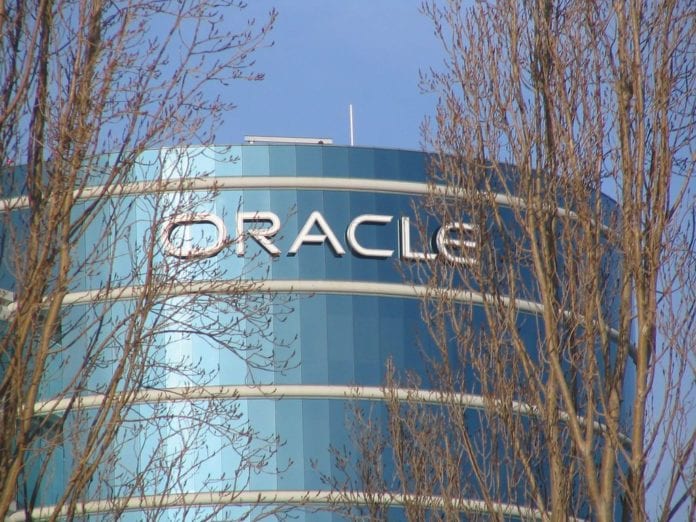RFIs for 5G core are coming out now; RFPs to follow in 2019, Oracle VP says
5G, for operators, is all about efficiency and flexibility–lowering the cost per bit per hertz of data transported by optimizing network and spectrum resources, and using automation to do so in a way that creates bespoke data pipes tailored to the exact service requirements of a particular application.
That’s the vision. While we’ll see incremental implementations of this approach, full-blown, standards-based standalone 5G New Radio, as opposed to the non-standalone 5G NR variant that depends on the LTE core, is needed to fully realize the benefits of network slicing and a microservices-based architecture.
RCR Wireless News discussed this evolving dynamic with Oracle VP of Product Management John Lenns during Mobile World Congress 2018.
As operators deploy NSA 5G NR networks, Lenns said, “Their intent is to connect up the 5G radio with the 4G core. Oracle is already in the 4G core with our diameter signaling router, with our policy solution. Enhancements to those products will enable operators to take that first step and leverage the 5G radio.”
Speaking to the move from interworking 5G radio with a totally new 5G core, Lenns said, “It’s going to be a little while.” He said the request for information (RFI) process is starting, which will give way to lab work.
“Operators are obviously aware of what’s going on in the standards,” he said. “They are now going to be issuing RFIs, some have already issued them, for the core. We expect to see more RFIs come out in the spring, the early summer. That’s going to be mostly investigatory–to hear from the suppliers, how are you supplier envisioning implementing these standards? They’ll leverage that to then get into the lab and start some proofs-of-concepts. We’ll be ready for lab entry and proofs-of-concept in the summer with our agile development process. We’ll be providing drops into customer labs and using that learn with the customer.”
Lenns said he expects requests for proposals in the middle and second-half of 2019 with “broader deployment” coming in 2020.
Back to network slicing and microservices: “I think the efficiencies…might come from how products will be deployed in the IoT and 5G space where the operators are now asking for microservice-based deployments.” Instead of “monolithic” vertical software stacks, Lenns said, “The architecture demands are going to be such that these solutions be deployed in a container-based, microservices architecture. Only those microservices that are needed for that particular offering at that particular time will need to be turned up. It will be a new way to deploy very rapidly and turn it up, turn it down for the service, and be very efficient.
Watch the full interview with Lenns.

